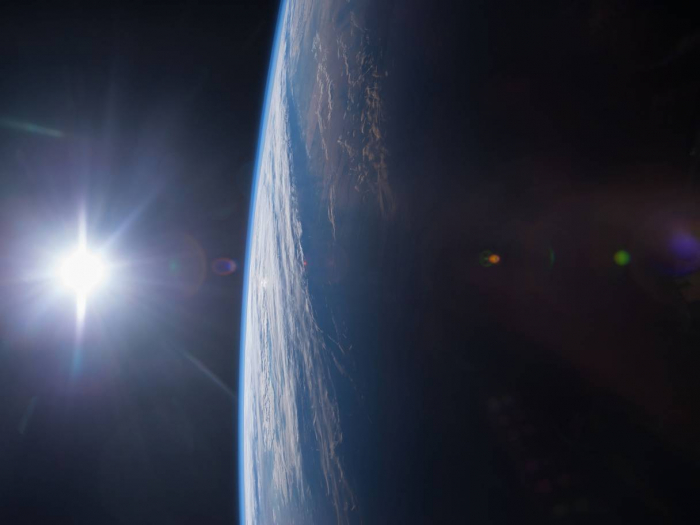The breakthrough discovery suggests there might be alternative, unimagined forms of DNA-based life as we know it on Earth. Life on other worlds might be built using different molecular systems of the kind the researchers developed in the lab, Nasa experts have suggested.
The new molecular system will allow scientists who are looking for life elsewhere in the universe to re-think what they are actually looking for, researchers said.
DNA is a complex molecule that allows the genetic information that makes us who we are to be stored and then transmitted. That information is passed from parent to offspring in every living thing on Earth, and allows life to grow and thrive.
It is made up of four different ingredients, which scientists refer to as nucleotide and are common across all life on our planet. But they might vary elsewhere in the universe, the new research suggests.
Imagining forms of life that might use different structures – and developing ways of detecting them – is a central part of Nasa's work. The new project that has not only envisioned but created such a molecule.
“Life detection is an increasingly important goal of NASA’s planetary science missions, and this new work will help us to develop effective instruments and experiments that will expand the scope of what we look for,” said Lori Glaze, acting director of NASA’s Planetary Science Division.
The new research saw scientists create a new kind of molecule system that functions like DNA, but has an important difference. Instead of the usual four ingredients, it contains eight.
It has all of the four that are found in life on Earth: adenine, cytosine, guanine, and thymine. But it has four extra, synthetic ones, that mimic the structures of the ingredients found in regular DNA.
The researchers call the new creation "hachimoji” DNA – hachi means eight in Japanese, and moji means letter. It functions the same as our DNA, meeting the same requirements that allow it to store and transmit information.
That has meant that the kinds of molecules that might be storing information in life on alien worlds could be similarly different. It suggests that life could structure itself in different ways than it does on Earth, at the most fundamental level – meaning that environments Earth-bound life could never live in might be teeming with unimagined life forms.
“Incorporating a broader understanding of what is possible in our instrument design and mission concepts will result in a more inclusive and, therefore, more effective search for life beyond Earth,” said Mary Voytek, senior scientist for Astrobiology at NASA Headquarters.
More about: #NASA
















































